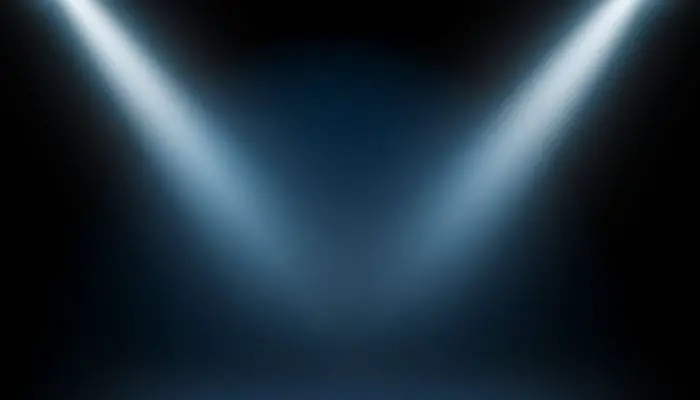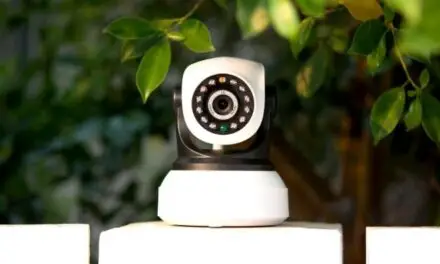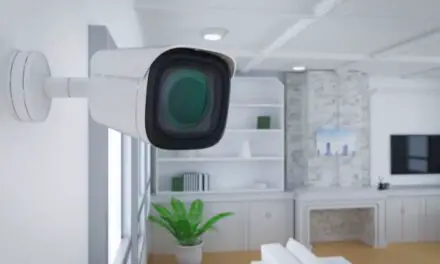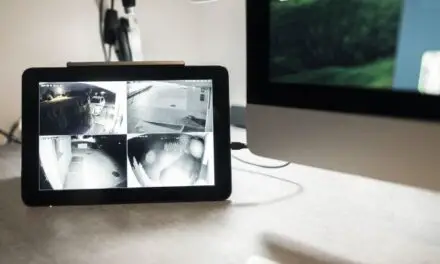The Ring Floodlight Pro Cam is a trendy camera, mainly thanks to its 2,000-lumen floodlight, which makes nighttime viewing crisp, with high clarity. The power supply is standard, 110 to 240V, and works best with an upload speed of 2Mbps.
It also features dual-band WiFi, 3D motion detection, works with Alexa, and offers sharp, HDR video. Of course, with all of the features the Ring Floodlight Cam has going on, it’s easy to suspect that it sucks up a lot of energy, especially when the lights come on.
Table of Contents
Is Ring Floodlight Pro Energy Efficient?

The Ring Floodlight Pro is very energy efficient, only using about 24 to 25 watts when it’s both recording and the lights are on. When the lights are on and nothing else, it uses slightly less energy, around 20 to 24 watts.
The standard, incandescent light bulb uses nearly three times the energy of the Ring Floodlight Pro. You may have that light bulb on all day long, depending on what room it’s in. If you’re trying to be more energy efficient, an LED bulb only uses about 10 watts of energy.
Unless you have constant foot traffic in front of the Ring Floodlight Pro, it’s only going to come on when there is movement detected. The recording feature—compared to the LED floodlights—is almost negligible. It may add a single watt at most.
If your Ring Floodlight Pro is coming on and recording constantly, you’ll have more problems with storage and upgrading to a Plus or Pro Ring Protect Plan than you will with overall power consumption. You’ll certainly pay more on the subscription side.
Related Article: How Far Can A Home Security Camera See? (All You Need To Know)
How Much Does it Cost to Run a Ring Floodlight Pro?
It’s difficult to break down because there are so many variables involved. Plus, you have to consider how often the Floodlight is coming on.
- What’s your average energy consumption per month?
- How often is your Ring Floodlight Pro activating?
- How much does your local power company charge per kilowatt hour?
- How long is your Ring Floodlight Camera set to stay on?
To calculate energy consumption for any device in your house—in this case, a Ring Floodlight Camera—you need to know how many running watts it has and how often it’s on each day.
Let’s start with averages. The default setting for the Ring Floodlight Camera is a recording time of 60 seconds when motion is triggered. For a solid answer, we will go with the high end of power consumption expected from a Ring Floodlight Pro, which is 25 watts. That’s 25 watts in an hour.
It would have to come on 60 times just to consume that entire 25 watts. If you set it to run all day long, that would be, 25 x 24 = 600W. Power companies charge by kilowatt hours. You would need an additional 400W to hit a single, kilowatt hour.
The average charge per kilowatt hour is around $0.12. Your Ring Floodlight Pro would need to run at full capacity for 40 straight hours to cost you twelve cents.
Are There any Other More Energy Efficient Options?
The only more energy-efficient options you will find are battery-powered floodlights, such as the Ring Battery Floodlight. Better yet, most battery-powered floodlights are compatible with a range of solar panels.
The Ring Solar Panel will hook up with almost any battery-powered Ring Security Camera. You’ll never have to worry about using electricity to charge your battery, making it the most energy-efficient option.
Conclusion
The Ring Floodlight Pro Cam is very energy efficient, only costing you about $0.12 after 40 hours of use. In a Floodlight Camera, depending on where you place it, it may take half the year to accumulate 40 hours of activation. It’s likely you won’t even notice the blip on your power bill.



